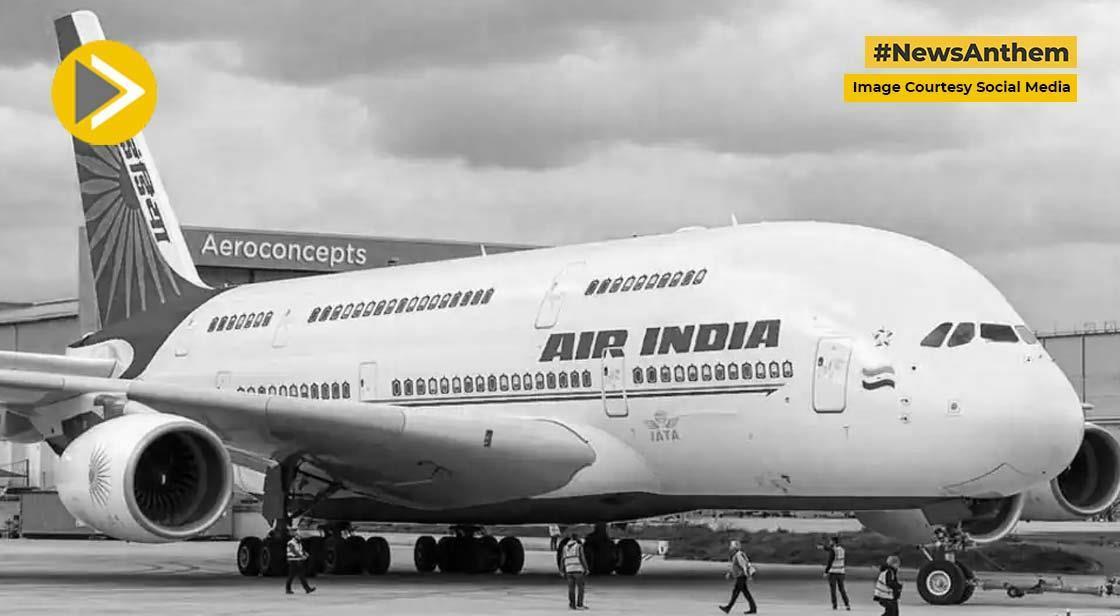Air India to Cut Fares, Expand Fleet, and Strengthen Global Reach to Attract Indian Diaspora

News Synopsis
Air India has unveiled a strategic plan to make air travel more affordable for the Indian diaspora, estimated to be around 35 million worldwide. The airline aims to leverage lower fares to offset passenger concerns regarding ageing aircraft and upgrade delays.
In an exclusive interview with a media agency, Air India CEO Campbell Wilson emphasized the airline’s commitment to competitive pricing, stating:
“People choose an airline for many things — price, travel duration, affinity with the culture or the food, or just the perception of quality.”
Although specific discounts have not been disclosed, Wilson confirmed that pricing strategies would be adjusted in response to fleet inconsistencies, making Air India a more attractive option for international travelers.
Air India’s Strategy to Attract the Indian Diaspora
Expanding to Challenge Market Leaders
Air India is aggressively expanding both its domestic and global operations, positioning itself as a strong competitor to IndiGo, India’s leading low-cost airline. While the airline remains in a loss-making phase due to ongoing investment in growth and modernization, Wilson declined to provide a break-even timeline, citing the company’s private ownership.
Enhancing Passenger Convenience
One of the key improvements in Air India’s services is a streamlined airport transfer process, reducing layover times to within 180 minutes. This initiative is particularly beneficial for international passengers, including Non-Resident Indians (NRIs) and Overseas Citizens of India (OCIs), who frequently travel between India and other countries.
Air India’s Expanding Global Presence
International Flight Network
As of 2024, Air India operates an extensive global network, including:
-
51 weekly flights to the United States
-
80 weekly flights to Europe
-
Numerous services to the Middle East, Southeast Asia, and SAARC nations
The airline’s fleet currently consists of 198 aircraft, including 70 planes inherited from Vistara following its merger. Air India Express, a subsidiary airline, operates an additional 103 aircraft, with plans for further expansion.
New Aircraft Deliveries and Orders
Air India’s ambitious fleet expansion includes 570 aircraft on order from major manufacturers:
-
350 aircraft from Airbus
-
220 aircraft from Boeing
So far, 20 Airbus aircraft, including six wide-body jets, have been delivered, with more expected soon. Additionally, media reports suggest that Air India is in negotiations to acquire more wide-body planes from both Boeing and Airbus, reinforcing its global expansion strategy.
Air India’s Shift to the Hub Model
Increasing Flight Frequencies
Since Tata Group’s acquisition of Air India in January 2022, the airline has significantly increased its flight frequencies across short-haul international routes:
-
Middle East flights increased from 228 to 304 per week
-
Southeast Asian flights grew from 29 to 264 per week
-
SAARC flights expanded from 66 to 182 per week
The transition to a hub-based model has allowed Air India to efficiently manage connecting flights and optimize passenger convenience on international routes.
Major Upcoming Deliveries
-
First Boeing 787 with Air India’s new livery set to arrive in the second half of 2025
-
Air India Express to receive nine additional Boeing 737 MAX aircraft
These deliveries will support Air India Group’s operations across 56 domestic and 44 international destinations, further consolidating its market presence.
Future Outlook: Strengthening India’s Global Aviation Presence
Air India’s aggressive expansion, fleet modernization, and pricing strategies mark a significant transformation under Tata Group’s leadership. By enhancing affordability and increasing its network reach, the airline is set to compete on a global scale and strengthen its appeal among Indian expatriates worldwide.
Conclusion
Air India’s latest strategy reflects a strong commitment to enhancing affordability, improving passenger experiences, and modernizing its fleet. With the Indian diaspora forming a significant part of its customer base, the airline’s focus on lower fares and improved connectivity is well-aligned with the growing demand for international travel.
By increasing flight frequencies, transitioning to a hub model, and incorporating state-of-the-art aircraft into its fleet, Air India aims to strengthen its presence in the global aviation market.
The upcoming addition of Boeing 787 Dreamliners and Airbus A350 aircraft further demonstrates Air India’s long-term vision to provide top-tier services while maintaining cost competitiveness. As the airline moves forward with these ambitious plans, it is poised to challenge major global players and redefine its position as a leading carrier connecting India to the world.
You May Like









